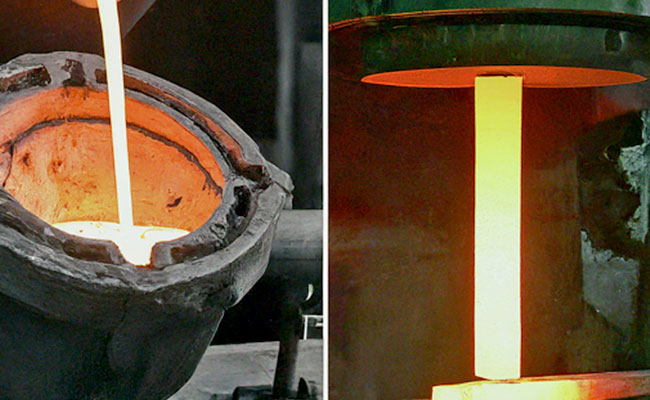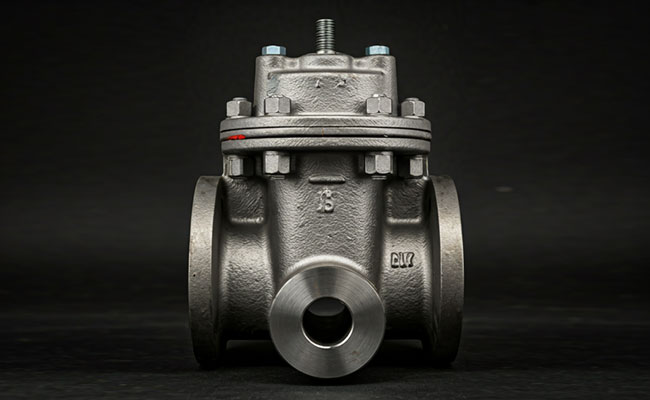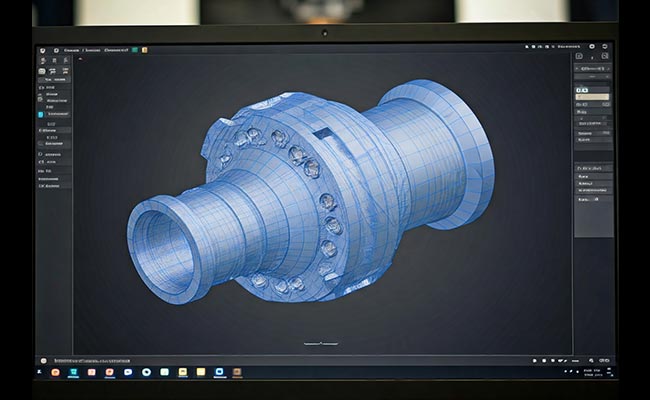
Normalizing: A Path to Tougher and More Forgiving Steel
2024-07-15
Surface treatment- anti rust oil VS anti rust solution
2024-07-29Squeeze casting and forging are both metalworking processes used to create parts, but they differ in their approach:
Squeeze Casting (Liquid Metal Forging):
- Process: Combines casting and forging. Molten metal is poured into a heated die, then pressure is applied as it solidifies. This pressure forces the metal to fill the mold completely and reduces defects.
- Strengths:
- High-quality parts with excellent surface finish and minimal porosity.
- More complex shapes possible than traditional forging.
- Wider range of metals than forging (aluminum, magnesium, and some others).
- Weaknesses:
- More expensive than traditional casting due to complex machinery.
- Slower production times compared to forging.
Forging:
- Process: Solid metal is heated to a plastic state and shaped using compressive force (hammers or presses). The metal grain is refined, improving strength.
- Strengths:
- Excellent strength-to-weight ratio and fatigue resistance.
- Faster production times than squeeze casting.
- Generally less expensive than squeeze casting.
- Weaknesses:
- Limited to simpler shapes due to forming method.
- Fewer metals can be forged compared to squeeze casting (mostly steels).
Choosing Between Them:
- Strength and Durability: Forging is generally better for parts requiring maximum strength.
- Complexity: Squeeze casting offers more design freedom for intricate shapes.
- Cost: Forging can be cheaper for simpler parts, while squeeze casting might be cost-effective for complex parts requiring high quality.
- Material: Consider the type of metal best suited for your application.
In summary, squeeze casting offers a good compromise between the formability of casting and the strength of forging. The best process depends on your specific needs for the part you’re creating.




